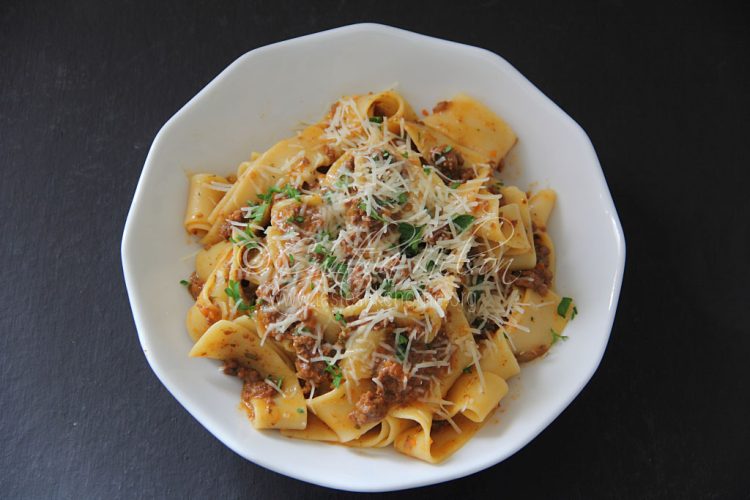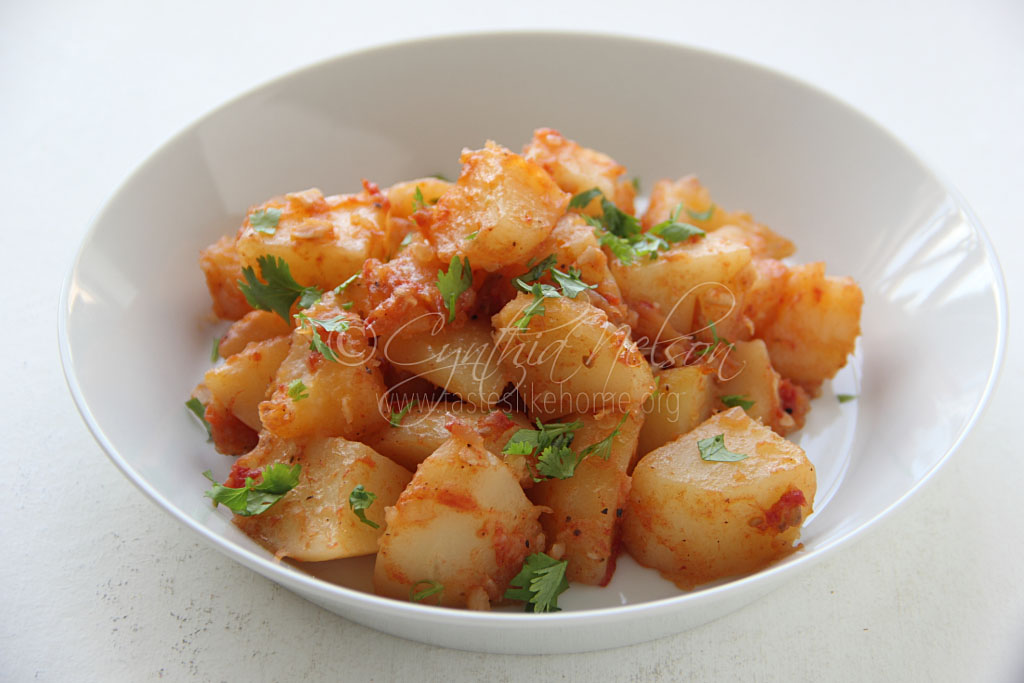 What’s Cooking is a series in which I answer questions and share advice about food and cooking that you may have but are too shy to ask.
What’s Cooking is a series in which I answer questions and share advice about food and cooking that you may have but are too shy to ask.
Two things this past week prompted the topic of this column. The first was a bowl of ‘boil and fry’ breadfruit with saltfish that I took to my department’s Potluck. The second was the curried chicken that I made for Sunday lunch and the various stages it took to cook the dish. Watch out for the curried chicken in next week’s column. Both dishes took time to cook to develop their individual flavours.
My colleagues devoured the breadfruit and saltfish and kept remarking at how good it tasted. One of them, Valdene, sitting next to me asked, “How did you get that rich colour and flavour?” When I explained to her what I did and the time it took to cook the aromatics, she opened her eyes wide and exclaimed: “Twenty minutes just to fry up the onions, tomatoes and other things?! Man that’s a really long time!”

I had finely chopped up onions, garlic, thyme, hot peppers, stalk celery and tomatoes in a chopper. In a heated pan with enough oil to cook the entire dish, I added the mix, seasoned with salt to taste, cooked it on medium high for 2 minutes then dropped the heat to very low and went about flaking the saltfish and doing a couple other things about the kitchen. I stirred the pan twice and let everything cook down until soft and fragrant with none of the rawness of the aromatics. I knew it was done not just from the aroma, but also, the oil. It had separated around the edges of the pan and in between the mixture you could see little bubbles of oil. The oil was now a flavoured oil with a rich brick-red colour from the tomatoes. I raised the heat, added the saltfish and let that cook for several minutes letting the liquid released from the saltfish evaporate before adding the boiled chopped breadfruit and tossing everything together. I let everything cook for 5 minutes and the breadfruit soaked up the colour and flavour of the aromatics and oil. Done.
Here’s the thing, flavour takes time to develop and that time varies depending on what you are making and how you are making it. Dishes that start off with heated oil in which pastes (herbs, spices or combo), spice blends, powders or chopped/minced aromatics are to be cooked first as the foundation of the dish, need time to cook. While they start on high heat, that heat then needs to be dropped very low so that the flavour ingredients are cooked low and slow to release their flavours and oils; they need to soften and break down. They need to meld. And that process takes time. It needs time. As I’ve said, the time varies, but there are 2 markers to indicate when it is ready for you to move on to the next stage of the cooking process. Your sense of smell and your sight will guide you.
Do not be afraid to lean slightly over the pan and use your hand to fan the aroma towards you. That aroma should bear no hint of rawness. In other words the garlic, onions, herbs, spices etc. should not be smelling uncooked, you should have an aroma of savouriness or a medley of spices hard to distinguish from each other. Along with the aroma, the oil in which the aromatics were cooked should be visible around the edges and or in-between with little bubbles. Many a dish is ruined by someone not taking the time necessary to set the foundation of the dish. And with everything, we all know how key a foundation is.
Time and developing flavour is not exclusively related to the cooking of a stew, curry, boil and fry or the frying up of vegetables. It is necessary in many other things we make.
Have you ever eaten Parsad and found that the roof of your mouth is coated with a waxy/greasy film? That’s because the fat used, whether butter or ghee (clarified butter) has not been allowed to cook long enough with the flour at the onset for the flour to absorb the butter. While the end product will look perfect, when eaten, the butter separates in your mouth leaving that greasy coating behind. The same is true for pastries that have not been cooked long enough or at the right temperature.
Think of the bechamel (white sauce) we make at the start of the cheese sauce for macaroni pie – the butter and flour are cooked together until the rawness of the flour is no longer present and the roux becomes one.
The parching/toasting of flours, whether wheat or peas/beans is not only to add a nutty toasty flavour to but it is primarily to cook out the rawness.
Here’s something I saw and learnt a long time ago when I first made an Iraqi-style beef and vegetable stew. The recipe instructed that the tomato paste be cooked until brown by simply letting it toast in the oil on medium heat. That was an eye-opener. Not only was the colour of the tomato paste transformed but the flavour too, and there was none of the tartness that usually comes with tomato paste. Since that day, many moons ago, whenever I use tomato paste, I toast it. I would push aside the other ingredients in the pan and let it cook directly on the pan until it has changed colour. Try it.
The next time you are cooking and you are starting your base with green seasoning, chopped onions, garlic, herbs and peppers or masala paste, remember to let them cook down until softened. Season with salt, black pepper or whatever else seasoning you want to add and drop that heat low. Some people leave the heat high, the things start to stick or the liquid released quickly dries out and they then add water to extend the cooking because they know the base is not yet ready. At times they repeat this more than once. You are not making things better because you are simply boiling or frying the base at too high a temperature. The mixture, regardless of its composition, needs time to come into its own, so to speak.
Time can make some dishes go from ordinary to extraordinary.
Cynthia









